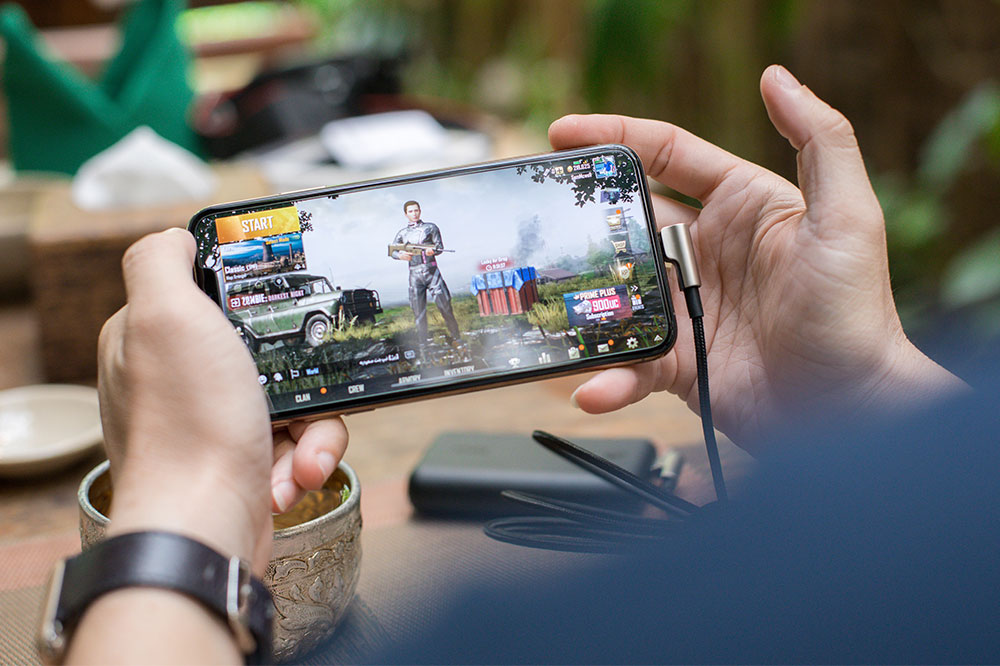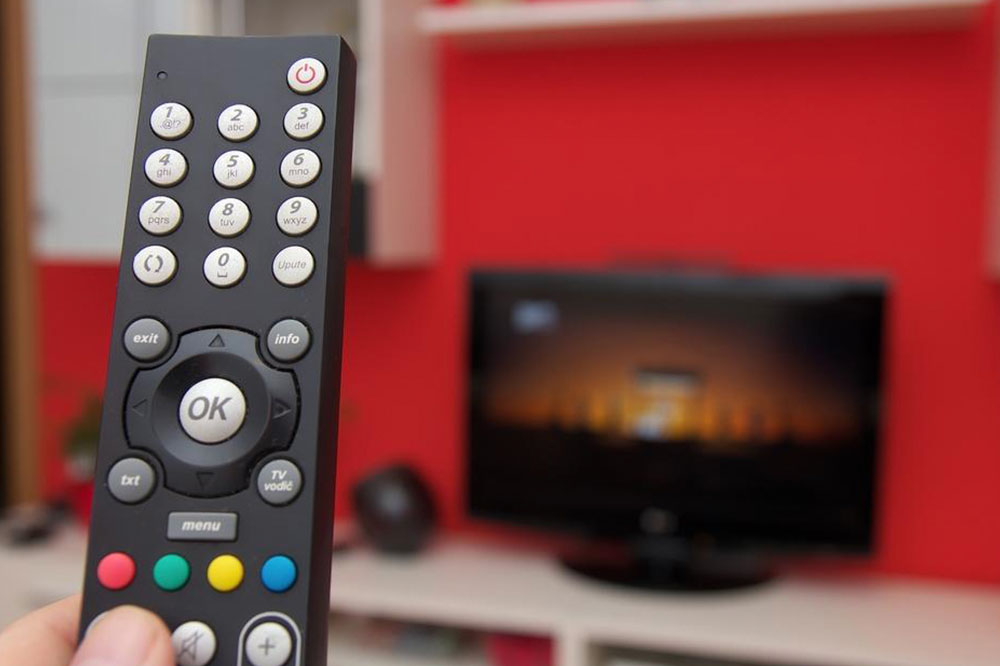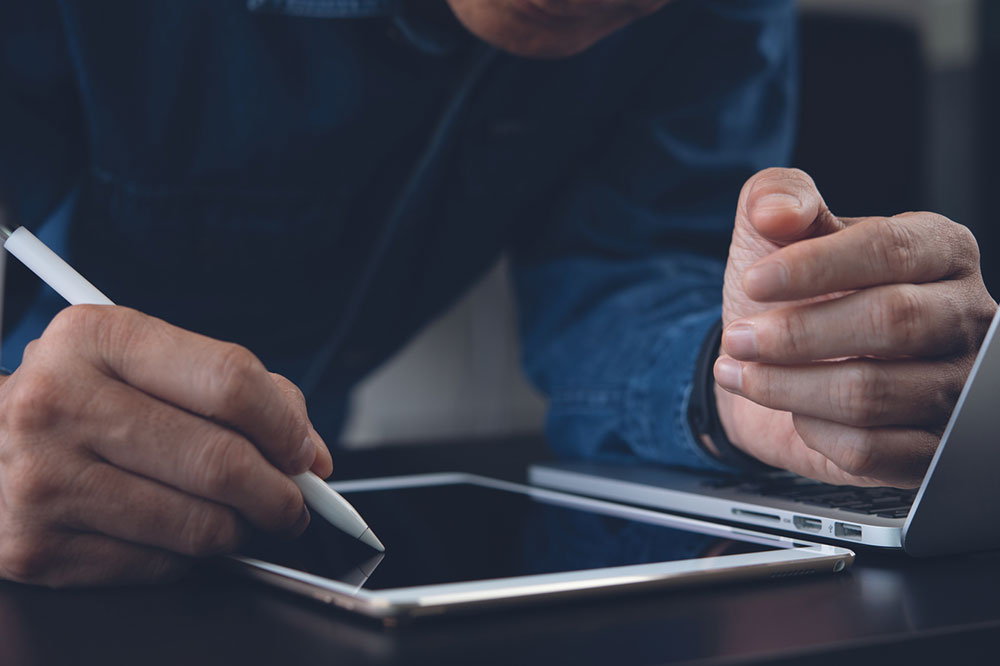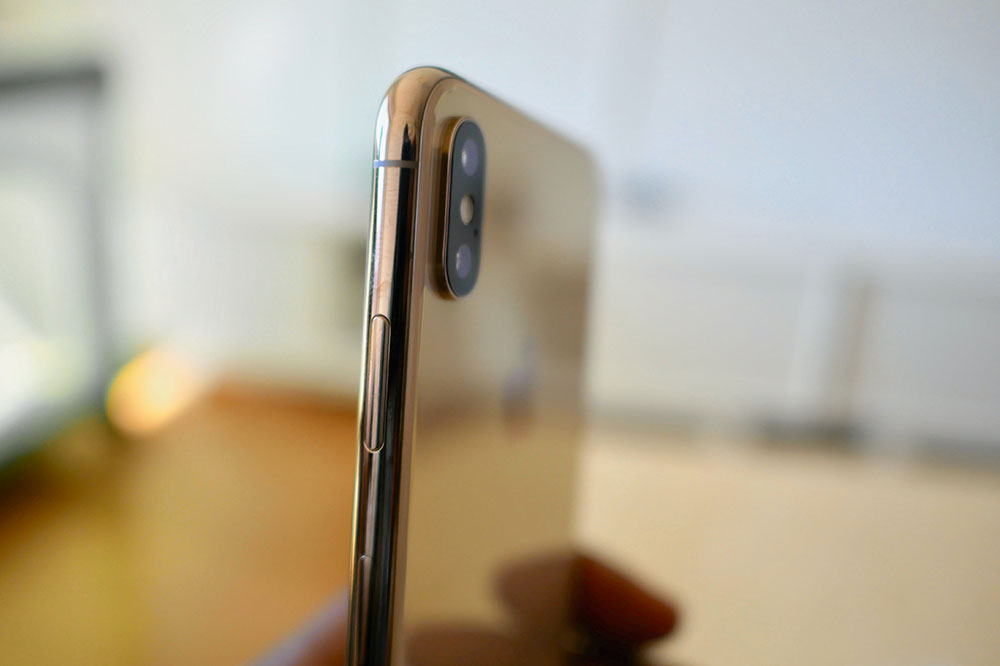Top 10 Features of the Apple Vision Pro Headset
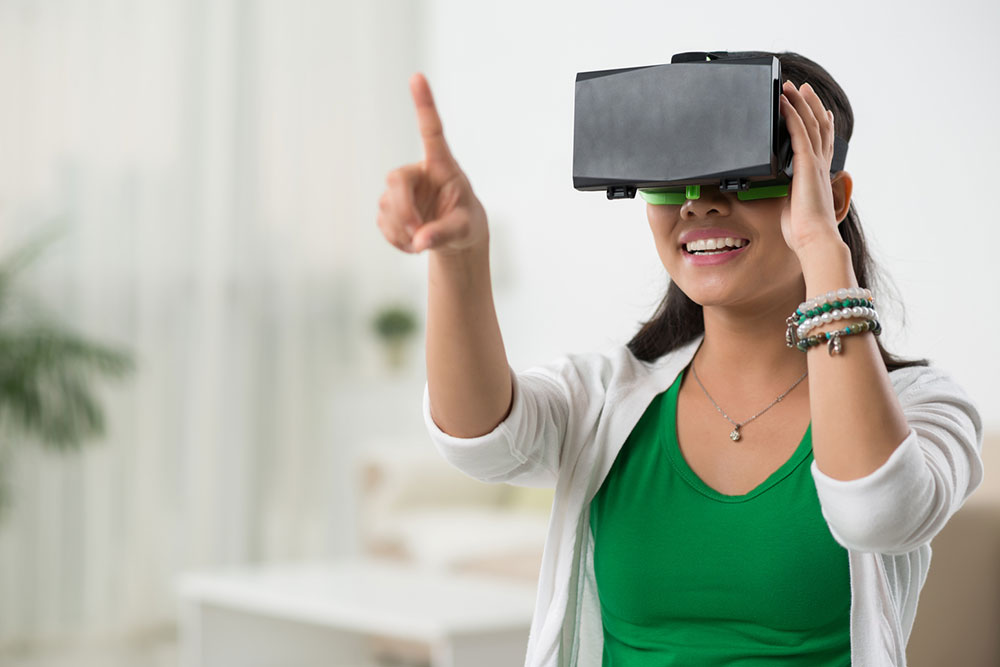
The most anticipated product by Apple, the Vision Pro headset, is most likely to be released in early 2024. It is a wearable device that combines augmented and virtual reality capabilities, enabling users to enjoy an immersive and interactive digital experience. Apple refers to it as spatial computing rather than a VR headset, as it allows users to interact with it through their eyes, voice, and hands. Let’s take a look at its features.
What are the functions of the Apple Vision Pro headset?
In simple terms, when using a smartphone, tablet, laptop, or desktop, everything that the user sees is displayed on the screen of the device. However, with the Apple Vision Pro headset, the images and apps can be projected in front of the user on the headset. The user can now activate the apps using eyes, hands, and voice. Moreover, one can interact with visuals through hand gestures, tapping, pinching, holding, zooming, and rotating. Users can adjust and choose the level of immersion and decide whether to see the physical world or the people next to them while using the headset. They can adjust the size of the display based on the available space and its brightness.
Some simulations possible through Apple Vision Pro:
- Side-by-side display of multiple screens in the headset
- Activation of an app by looking at it
- Using the Environment feature and transform the physical surroundings into a beautiful landscape.
- Creating a digital persona matching the user’s facial expressions, eye and hand movements.
- FaceTime with contacts through life-sized floating tiles
- Watching movies
- Collaborating while on a call
- Expanding panoramic photos all around the user
Main features of Apple Vision Pro Headset
The Apple Vision Pro Headset has an intuitive interface that allows users to personalize, set up, and create digital personas.
- VisionOS
Apple’s other operating system, visionOS, allows users to take advantage of the spacial experiences at work or home. Users can interact with the interface in various ways, such as looking at an element, tapping their fingers, dictating, or using a virtual keyboard. One can scroll by flicking the fingers. The Vision Pro headset enables users to attend meetings and connect with friends while on the move. They can activate an app by looking at it without turning their head. Users can also interact with the interfaces with their eyes to look, tap their fingers to choose, and use voice to command. - Enclosure
A three-dimensional laminated glass fits in an aluminum frame that covers the user’s eyes and face. There are two micro-OLED displays with a resolution of 23 million pixels across two displays. The frame is thin and light, and users can wear it comfortably for an extended time. - Light Seal
It is an accessory attached to the headset magnetically to create a tight fit and block out light completely. The Light Seal, made of soft material, will be available in many sizes and shapes for a perfect fit. - Headbands
Headbands, available in different sizes, are meticulously knitted to provide the users with soft, stretchable cushioning and breathability. - Audio straps
Another accessory, the flexible audio straps are connected to the headband to deliver immersive spatial audio. - Cameras
The Vision Pro has a dozen cameras tracking the user’s eye and hand movements, making them experience the content in real-time. - Optic ID
It is a new secure system for user authentication that scans the user’s iris using invisible LED lights. - EyeSight
This is an innovative feature that allows users to connect to people around them while using apps or if they are fully immersed in the content. The EyeSight feature also allows the user to see the person approaching them. Through a visual indicator, it also indicates others when the user clicks or captures a photo or video. - Zeiss Optical Inserts
This feature is for those with vision prescription. These inserts can be customized and attached to the lenses for efficient eye tracking and viewing. These are sold separately. - Spatial Audio System
Positioned within the headset, the system analyzes the room’s size and acoustic properties and matches the sound accordingly.
Other information
Navigation
The user can easily select an icon by tapping their fingers and scroll by gently flicking while sitting or resting on a chair or sofa. To start speaking, all the user needs to do is look at the mic button. They can also use Siri, just like on other Apple devices, to help them open apps or play music.
Processor
Novel dual-chip system of M2 and brand-new R1 chip process all the data received from sensors, microphones, and cameras.
Privacy and security features
Optic ID is an encrypted feature that uses unique iris features to unlock passwords and make payments. Optic ID does not leave the device and can be accessed only by the Secure Enclave Processor. Data from the sensors and cameras are processed at the system level. The Eye Input is not shared with other devices or third-party apps.
Compatible devices
As expected, Apple Vision Pro works seamlessly with other devices like the iPhone, iPad, Mac, and Apple Watch Series. It can also be synced with iCloud.
Expected cost
The Apple Vision Pro is expected to start from $3,499 – the high cost is attributed to the cutting-edge technology.
